#minicomputers
Explore tagged Tumblr posts
Text

60s era Sperry Rand UNIVAC nameplate.
#the 60s#the 1960s#computing#vintage computers#vintage tech#vintage technology#technology#the digital age#vintage electronics#electronics#digital computers#digital computing#data entry#univac#sperry#sperry rand#the rand corporation#sperry univac#minicomputers#mainframe computers#data processing
44 notes
·
View notes
Text
Creative Computing Benchmark from 1984 showing computational speed of hundreds of classic computers!
Creative Computing Benchmark from 1984 showing computational speed of hundreds of classic computers! #history #vintagecomputers #benchmarks #creativecomputing #basic
Page 6 of the March 1984 issue of legendary publication, Creative Computing, revealed the then latest version of the Creative Computing Benchmark. This benchmark was a short test of computational speed and accuracy and the random number generator in the BASIC programming language for hundreds of platforms. The 11-line BASIC program was run on hundreds of computers, from mainframes to handhelds.…

View On WordPress
0 notes
Text
The choice of laptops can be depend on the purpose of your purchase. In 2023, Laptops under 40000 price range can be used for basic purposes. In this era of online lectures and meeting these devices can be a best options for accomplishing smallm tasks. If your are student than having exposure to laptop technology in this early age can help you take the bigger benefits from more advance features of different technologies. Below are some of examples of laptops under 40000
1)Acer Aspire 3 Thin and Light Laptop Series- A515-56 processor- core i3 RAM - 4 GB DDR4 expandable upto 12 GB Resolution -1920 * 1080 pixels battery life- 8.5 hours special features- webcam, backlit keyboard, stunning display, and two built-in microphones
2) Dell 15 Series- INSPIRON 3511 processor- core i3 RAM - 8 GB DDR4 expandable upto 16 GB Resolution -1920 * 1080 pixels battery life- 6 hours special features- WVA AG narrow border display
3)Hp15 Series- 15s-gy0501AU processor- Ryzen 3 RAM - 8 GB DDR4 expandable upto 16 GB Resolution -1920 * 1080 pixels battery life- 4 hours special features- IPS display with anti-reflective feature
4) Lenovo IdeaPad Slim 3 Series- IdeaPad 3 15IML05 processor- Core i3 RAM - 8 GB DDR4 expandable upto 12 GB Resolution -1366 x 768 Pixels battery life- 7 hours special features- Light and thin, TN display, anti-glare, Xbox GamePass Ultimate 3-month subscriptio free
Yes there are few more laptops which can fit in your budget of laptops under 40000 with more useful features. Continue with your research by visiting to our website 3aceslaptops and ping anytime for more knowledge
1 note
·
View note
Photo

LINC computer screencaps.
288 notes
·
View notes
Text
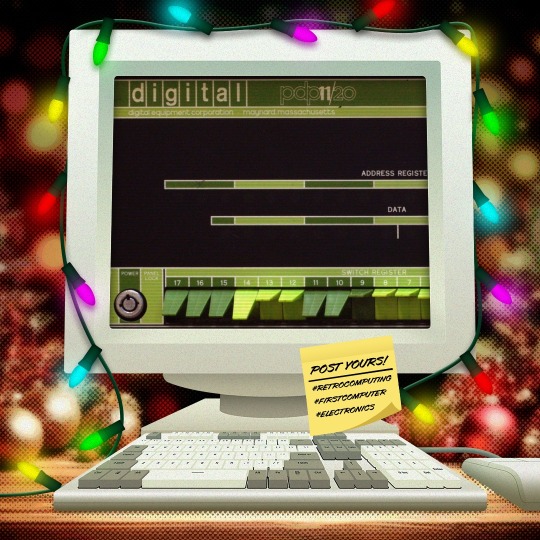
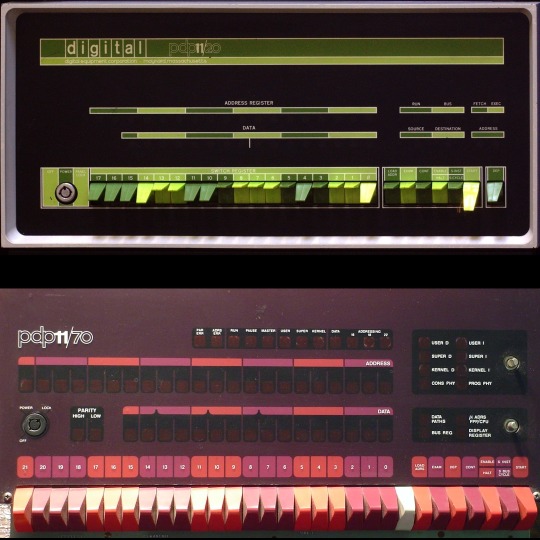
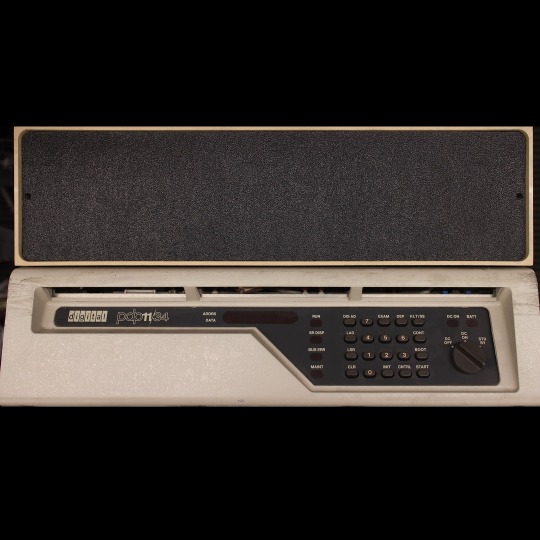


🎄💾🗓️ Day 4: Retrocomputing Advent Calendar - The DEC PDP-11! 🎄💾🗓️
Released by Digital Equipment Corporation in 1970, the PDP-11 was a 16-bit minicomputer known for its orthogonal instruction set, allowing flexible and efficient programming. It introduced a Unibus architecture, which streamlined data communication and helped revolutionize computer design, making hardware design more modular and scalable. The PDP-11 was important in developing operating systems, including the early versions of UNIX. The PDP-11 was the hardware foundation for developing the C programming language and early UNIX systems. It supported multiple operating systems like RT-11, RSX-11, and UNIX, which directly shaped modern OS design principles. With over 600,000 units sold, the PDP-11 is celebrated as one of its era's most versatile and influential "minicomputers".
Check out the wikipedia page for some great history, photos (pictured here), and more -
And here's a story from Adafruit team member, Bill!
The DEC PDP-11 was the one of the first computers I ever programmed. That program was 'written' with a soldering iron.
I was an art student at the time, but spending most of my time in the engineering labs. There was a PDP-11-34 in the automation lab connected to an X-ray spectroscopy machine. Starting up the machine required toggling in a bootstrap loader via the front panel. This was a tedious process. So we ordered a diode-array boot ROM which had enough space to program 32 sixteen bit instructions.
Each instruction in the boot sequence needed to be broken down into binary (very straightforward with the PDP-11 instruction set). For each binary '1', a diode needed to be soldered into the array. The space was left empty for each '0'. 32 sixteen bit instructions was more than sufficient to load a secondary bootstrap from the floppy disk to launch the RT-11 operating system. So now it was possible to boot the system with just the push of a button.
I worked with a number DEC PDP-11/LSI-11 systems over the years. I still keep an LSI-11-23 system around for sentimental reasons.
Have first computer memories? Post’em up in the comments, or post yours on socialz’ and tag them #firstcomputer #retrocomputing – See you back here tomorrow!
#dec#pdp11#retrocomputing#adventcalendar#minicomputer#unixhistory#cprogramming#computinghistory#vintagecomputers#modulardesign#scalablehardware#digitalcorporation#engineeringlabs#programmingroots#oldschooltech#diodearray#bootstraploader#firstcomputer#retrotech#nerdlife
288 notes
·
View notes
Text
On Multitasking
Sharing a Computer with Friends
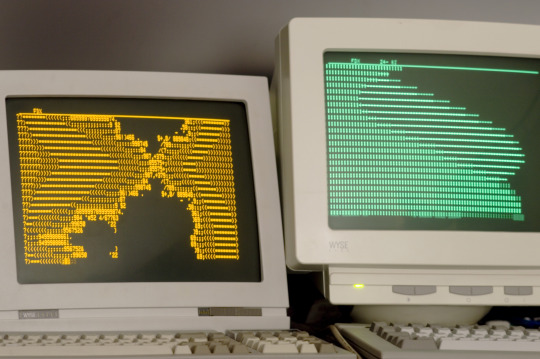
The Motorola 68030 was a decently powerful microprocessor for its day. It is a fully 32-bit processor with 16 general-purpose registers, separate instruction & data caches, memory management unit, 18 addressing modes, over 100 instructions, pipelined architecture, and was available rated up to 50MHz. It was used in computers by Apple, Amiga, NeXT, Sun, Atari, and saw further life embedded in devices such as printers, oscilloscopes, and network switches. It was the kind of microprocessor used for desktop publishing, 3D CAD & animation, photo & video editing, etc.
In short, the 68030 is a microprocessor that can do some serious work. That's part of why I like it so much. It's a real workhorse chip but as far as 32-bit microprocessors go, it's dead simple to build with.
But running a single quick & simple BASIC program hardly seems like an adequate exercise for such a capable chip.
There is a prevailing claim that the 68000 architecture was heavily inspired by that of the PDP-11 or VAX minicomputers — powerhouses of the previous generation of computing. These machines ran entire businesses, at times servicing many simultaneous users. Surely the 68030 with similar capabilities but significantly faster instruction throughput than the decade-older machines would be more than capable of handling such a workload.
As I've mentioned before, one of my end goals for my 68030 projects is to run a proper operating system. Something like System V, BSD, or Linux; a true multi-user system befitting of the 68k's architectural heritage. My programming skills are limited, and getting such a complex project running is still outside my reach. But I am learning, and slowly inching myself closer to that goal.
Recently I built an expansion card for my Wrap030 project to add another four serial ports to it. In the context of the old minicomputers, another serial port means another terminal, which means the ability to serve one more user. My new 4-port serial card should give me the ability to add four new user terminals.
If only I had software capable of doing so.
Excluding symmetric multiprocessing and today's multi-core behemoths, supporting multiple user processes on a single computer processor means dividing time between them. The computer will run one user's program for a little while, then stop and run another user's program for a little while. Do this fast enough and neither user might ever notice that the computer is paying attention to someone else — especially since the computer spends much of its time just waiting for user input.
There are a few ways to accomplish this, but the simplest is to just make sure that every user program is written to cooperate with the others and periodically yield to the next user program ("Cooperative Multitasking"). A good time to do this is whenever the program needs to wait for input from the user or wait for a device to be ready to accept output.
Enhanced BASIC (68k EhBASIC), which I have been running on all of my 68k computer builds, was written in such a way that lends itself well to this sort of cooperative multitasking. It runs a tight loop when waiting for input or output, and while running a BASIC program, it stops at the end of each line to see if the user has pressed Ctrl-C to stop the program. This means that EhBASIC never goes too long without needing to check in with slow I/O devices. All that would needed is a simple kernel to set things up and switch to another user's processes whenever each time one of them is waiting for I/O.
So I set about creating such a minimal multi-user kernel. On startup, it initializes hardware, sets up some data tables for keeping track of what each user program is doing, loads BASIC into RAM, then starts running BASIC for that first user. Whenever a user process needs to read data from or write data to its terminal, it asks the kernel to handle that I/O task for it. The kernel will save the state of the user program to the data table it set up in the beginning, then switch to the next user to let it run until it too asks for assistance with an I/O task.
The kernel works through all user processes round-robin until it loops back around to the first user. After restoring the state of the user's process the kernel will service the I/O task that user process had originally requested, and return to let that user process run for a little while again. So all of the other user processes get their chance to run while one is waiting on data, and each process makes sure to allow the others a chance to run for a while when they are in the middle of running their own program.
I was able to throw together a quick proof of concept using the EASy68K simulator. What followed was days of catching all of the tiny mistakes I made, such as saving register A0 to the memory location reserved for register A1, overwriting the value previously saved for A1 and effectively losing both in the process — an error which resulted in BASIC printing only the first three characters of its startup header followed by a long string of null characters.

Debugging was tricky. I was starting from the bottom. No standard library, no existing structure or frameworks to rely on. The kernel process relied on the very same registers the user programs were using. Any changes to register contents by the kernel would affect the user processes. I ended up adding assembly macros to print short statements and register contents to the kernel console to try to get some insight into what was happening. I was able to track when registers came out of the user context save/restore process different than when they went in to find where I had bugs in that process.
This was a challenging project resulting in nearly a thousand lines of very low-level 68k assembly code, all of which I wrote and rewrote multiple times before figuring everything out. I've written small pieces of assembly code over the years, but none which required such deep dives into the CPU documentation to discern fine details of how the chip operates. I got there eventually though and now I have an 8MHz 68030 homebrew computer with 2MB of RAM that can run four BASIC programs simultaneously.
I'm going to need more terminals.
#homebrew computer#mc68030#assembly language programming#wrap030#retrocomputing#vintage computing#minicomputer#cooperative multitasking#pdp-11
157 notes
·
View notes
Text
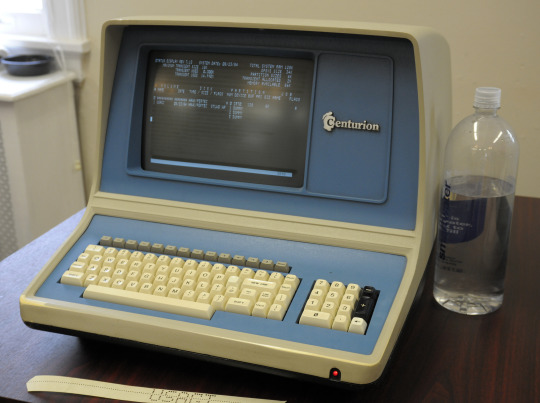
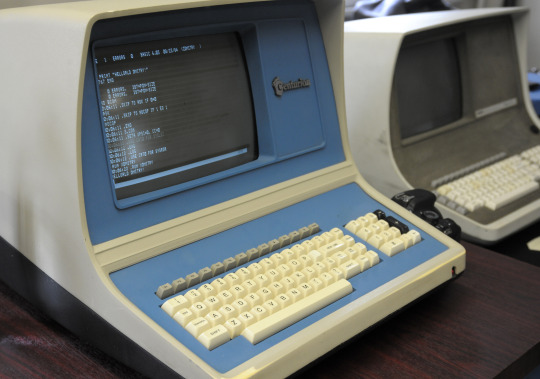

Centurion Rebranded Terminal - Usagi Electric’s Old Stuff – David Lovett - VCF East XVIII
#vcfexviii#vcf east xviii#vintage computer festival east xviii#commodorez goes to vcfexviii#usagi electric#centurion minicomputer#centurion
2K notes
·
View notes
Text
One funny aspect of computer history is that during the 1960s, the term "minicomputer" was introduced for machines that were much smaller than previous computers. Previously, most computers could take up one or several rooms...
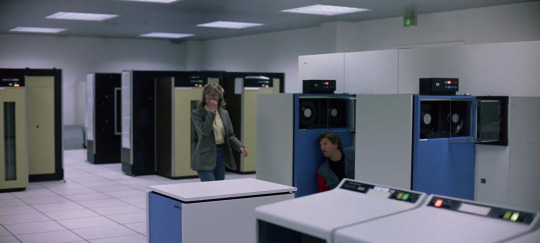
But these fancy new "mini" machines were much smaller. Just look at this:

Yep, this was what was considered a "minicomputer", since it was in fact much smaller than "mainframe" computers.
Of course, this seems to have lead to a problem when even smaller computers were introduced during the 70s and 80s, machines that were much closer to our modern desktop computers:

But since the term "minicomputer" was already taken, they decided to call these smaller machines "microcomputers" instead. And apparently some of the even smaller machines we use today (including our modern mobile phones) are sometimes refered to as "nanocomputers".
I honestly think that maybe they should have waited a little longer with using the term "minicomputer", since I think the terminology feels a little "off" considering the scales of the machines that they're currently applied to. But on the other hand, I can understand that people in the 60s might not have been able to imagine having computers that you could carry around in your hand.

Then again...
12 notes
·
View notes
Text

I made a lego case for my Raspberry Pi4 with fan hat and 3.5" LCD touchscreen module (that is attached with a flatwire to the Raspi-fan hat combination).


- - -- --- -----
Yesterday's version of the Raspi case without the screen part:






(the top lid can be opened)
#raspberry pi#hardware#raspi#raspberry pi4#pip boy#hardware setup#minicomputer#microcomputer#lego#custom builds#custom build#custom hardware#diy hardware case#crafty#crafts#craft#tinkering#tinker#diy
13 notes
·
View notes
Text

A page from Sperry UNIVAC’s computer brochure - 1976.
#the 70s#the 1970s#computing#vintage computers#vintage tech#vintage technology#technology#the digital age#vintage electronics#electronics#digital computers#digital computing#data entry#univac#sperry#sperry rand#the rand corporation#sperry univac#hey you start computing#minicomputers#mainframe computers#data processing
48 notes
·
View notes
Text
i better not hear a single corporation bitch about streaming numbers being down bc its their own damn fault for taking picture in picture away
#im still so fucking mad about this#BITCH LEMME MULTITASK ON MY MINICOMPUTER#like its whatever bc i can use my webbysites but STILL the convenience of a fucking streaming platform is so inconvenient nowadays
5 notes
·
View notes
Text
Me
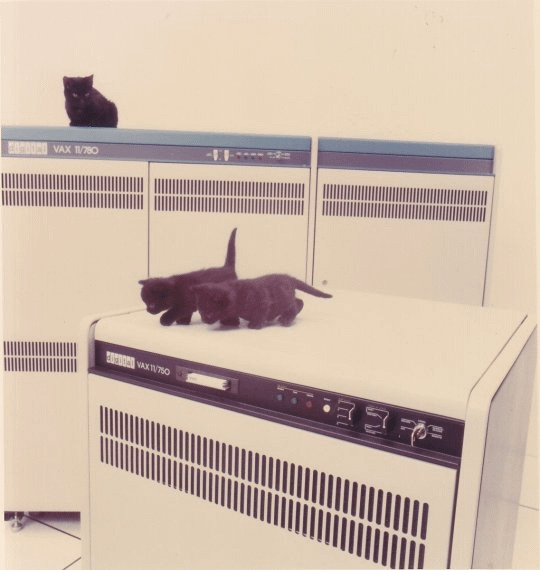
#i remembered this picture while i was infodumping to my gf about DEC and the PDP line of minicomputers#friends :)
6 notes
·
View notes
Photo

Data General Eclipse and terminals.
107 notes
·
View notes
Text
A mainframe based programming chat group, late 1970s
*for our purposes, a youtube account only counts if you’ve used it to post videos.
reblog for reach/bigger sample size!!
26K notes
·
View notes
Text




More photos of the dusty, baked on filth on that Rolm 1601/04 front panel I brought home.
I figured out what it is though:

Seems this would have been the commercial/scientific option for the Rolm 1601, whereas the other front panel was about half that size.
54 notes
·
View notes
Text

Trying out the raspberry pi 4 to use for an installation!
1 note
·
View note